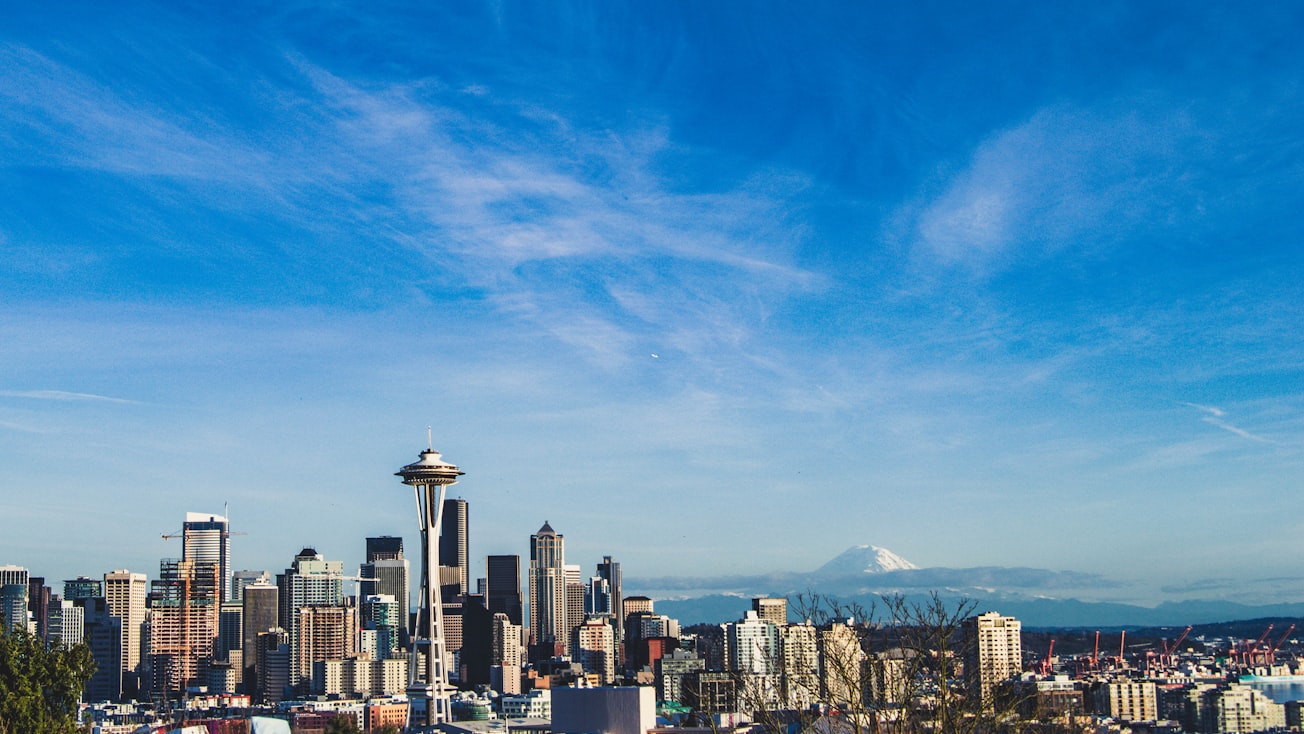Featured Image

Photo by Austin Wehrwein on Unsplash
Why is it important?
Monitoring of land use and land cover (LULC) change is one important drivers of global change, which plays a decisive role on the management and sustainable developmental planning for urban spaces. The study aims to develop series of LULC maps of urban areas of Ranchi, India and was studied during the years 1989 and 2015. It predicts LULC changes using geospatial tools such as remote sensing and GIS. Various satellite imagery datasets such as Landsat TM, ETM+ and Landsat 8 OLI of years 1989, 2002 and 2015 were used to analyze urban LULC, which was later used to predict for 2015 and 2028 using Markov transition matrix and was cross-validated with true LULC of 2015. The urban area growth was found 11% more than the predicted value. Slope map was also generated from digital elevation model and urban expansion in 2015 was 67% and with respect to roads it was 60% within 1 km road buffer in 2015 over 2002. Regression equation was developed over decadal population of 1961–2011 to estimate it for years 1989, 2002, 2015 and 2028. The population has increased 102% in 2015 over 1989. However, Markov predicted 43% more urban expansion for year 2028 over 2015. Coarse resolution temporal satellite data can be effectively harnessed to assess LULC change whereas prediction can be done with accuracy as high as 89.02% based on Markov transition matrix. An effective coordination between governments agencies are solicited to achieve sustainable development to be implemented systematically.
Read the Original
This page is a summary of: LULC analysis of urban spaces using Markov chain predictive model at Ranchi in India, Spatial Information Research, April 2017, Springer Science + Business Media,
DOI: 10.1007/s41324-017-0102-x.
You can read the full text:
Contributors
The following have contributed to this page







